A good tripod is a vital addition to many amateur and professional setups, providing stability when taking landscape and studio shots, improved low-light performance and the ability to feel confident capturing interesting or abstract angles.
The best travel tripods manage to combine the stability, ruggedness, adjustability and versatility you’d expect from regular tripods, but with the additional requirements of being lightweight. That means they’re easier to carry because they’re small enough when folded to carry around for long periods of time. There are some differences in terms of height and maximum payloads but generally, these days the improvement in carbon fiber and light aluminum materials have contributed to travel tripods being some of the best tripods out there.
In this article, we’ll be looking at the pros and cons of a number of different types of tripods, weaving in buying advice and highlighting some of the compromises you may have to make when buying a smaller, lighter setup. In the meantime though, if you’re not sure travel tripods are right for you check out our guide to the best tripods for astrophotography. Or if you want to have a read of the best cameras for astrophotography or best lenses for astrophotography to get the right kit to mount on that tripod.
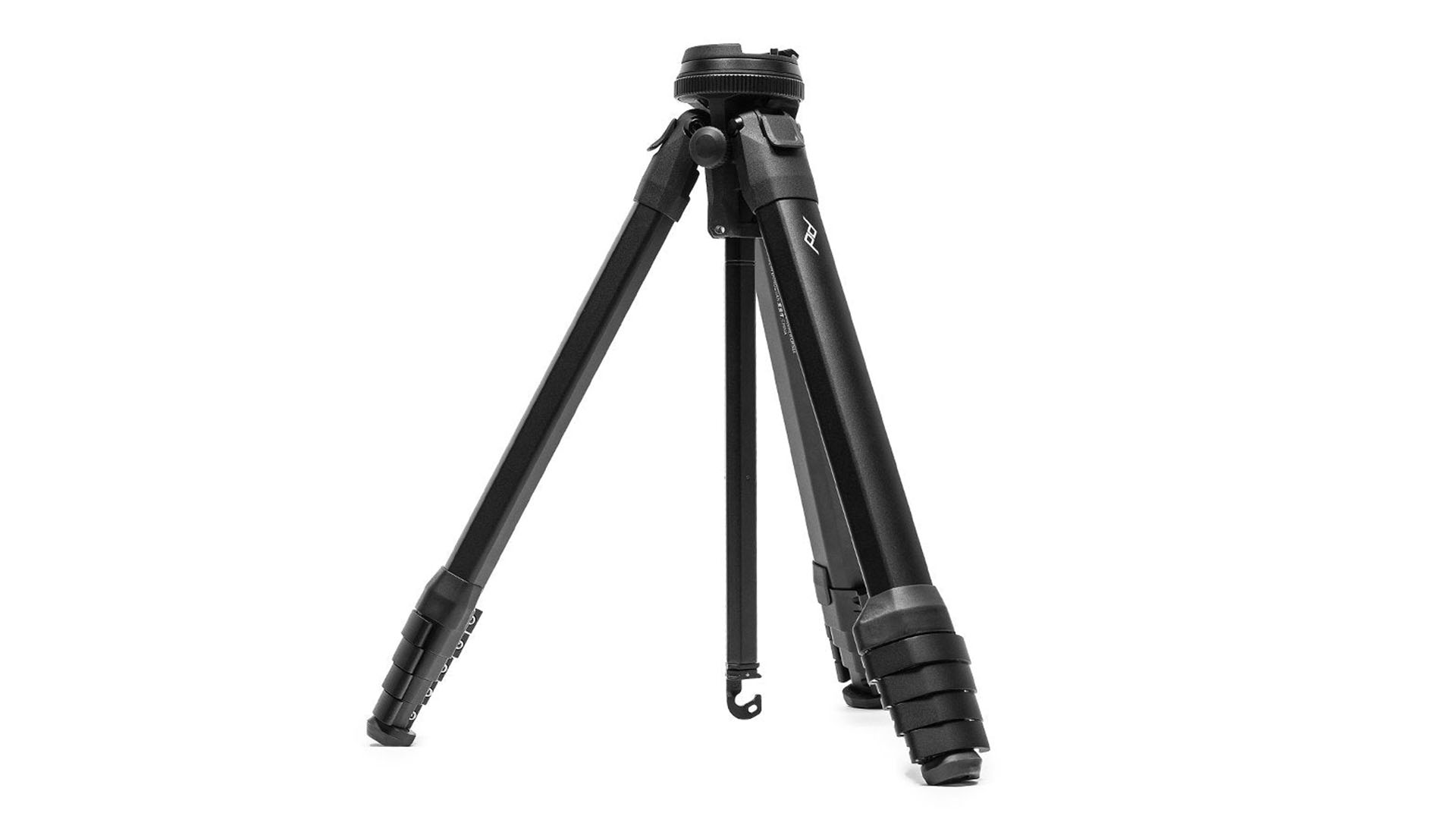
Peak Design provides some excellent, thoughtful and well-designed products designed for photographers on the move and the Peak Design Travel Tripod is no exception to this. We thought it was excellently designed and comes in a very neat little package – we could fit it into our cabin bags and rucksacks as well as strap it to the outside.
With the emergence of phone photography, they’ve even included a phone mount inside the package, but we were a little disappointed with the fairly high cost. There is, however, an aluminum version that costs nearly half this amount.
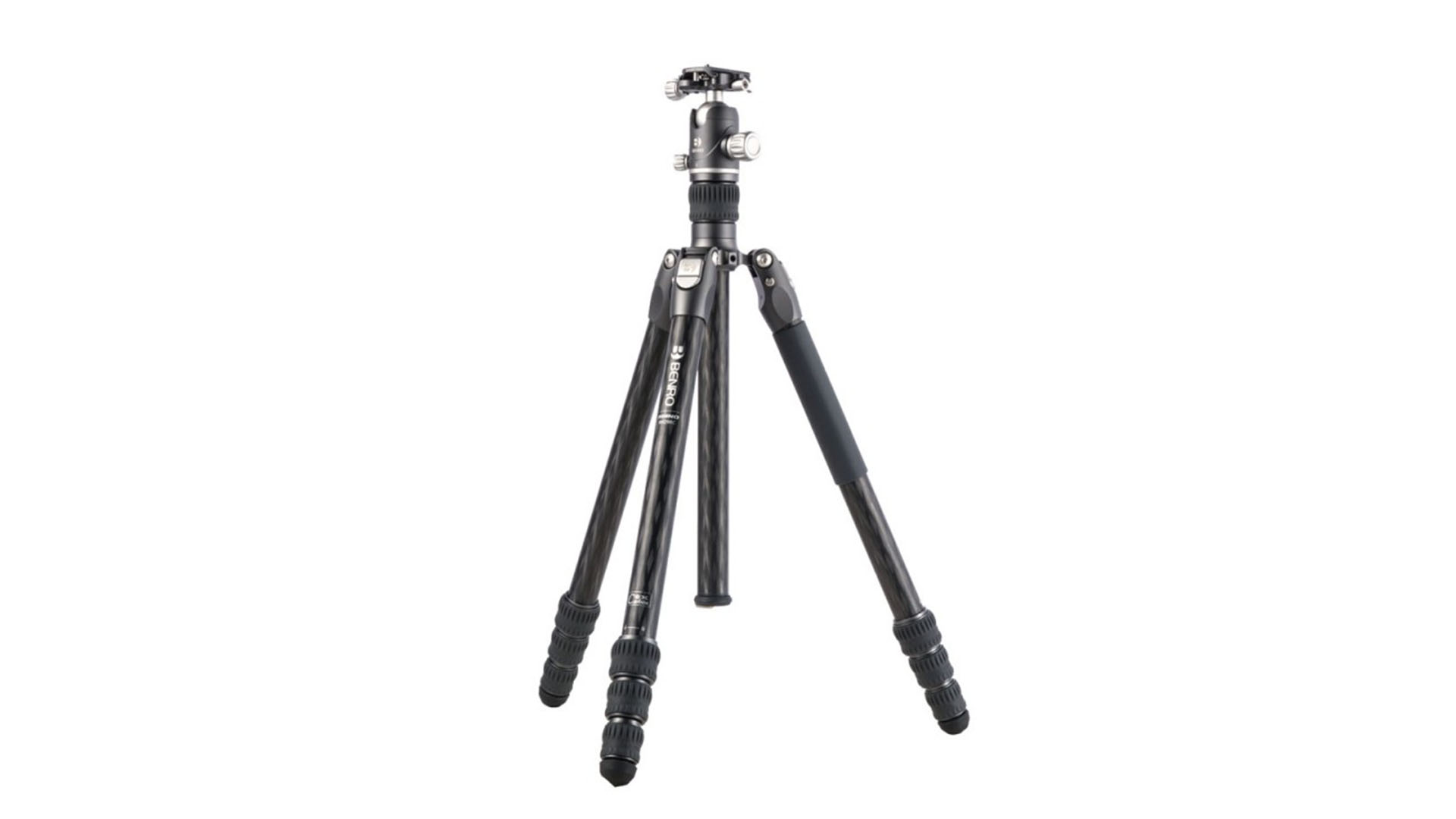
Benro Rhino FRHN24C+VX25 Head
Benro’s Rhino range makes up the premium end of their travel lineup, and with a detachable monopod, included phone mount and study carbon fiber tubes, this is one of the best tripods we’ve taken a closer look at.
The braided material used to construct the carbon tubes increases stiffness, and at normal operating heights, the FRHN24C performs as well as some other non-travel orientated tripods. This tripod is in a higher price range than some of the others on this list, but it would be a well-designed investment for many travel-orientated photographers.
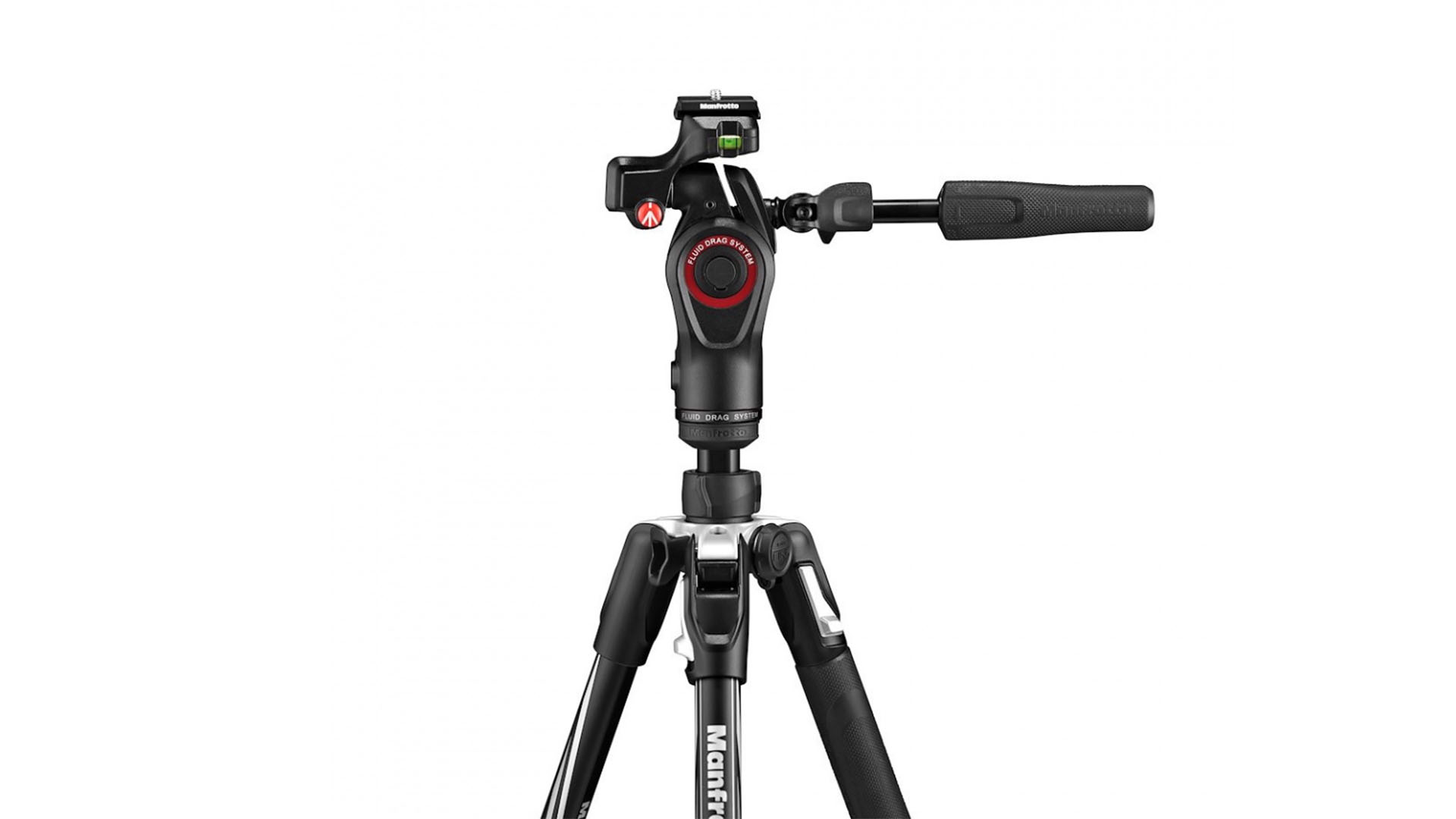
Manfrotto provides an excellent range of tripods well suited to photographers of all disciplines, and we think the Befree 3 Way Advanced Tripod is an excellent all-round option. It’s not too expensive but has enough versatility to keep both photographers and filmmakers happy, thanks to its excellent three-way fluid head. The three-way head also uses a hydraulic damping system to ensure smooth movement of the camera.
We found that on our camera a couple of design quirks meant that we had to remove it from the plate to get to the battery and card doors but for the minimal financial outlay this is a travel tripod that’s worthy of recommendation.
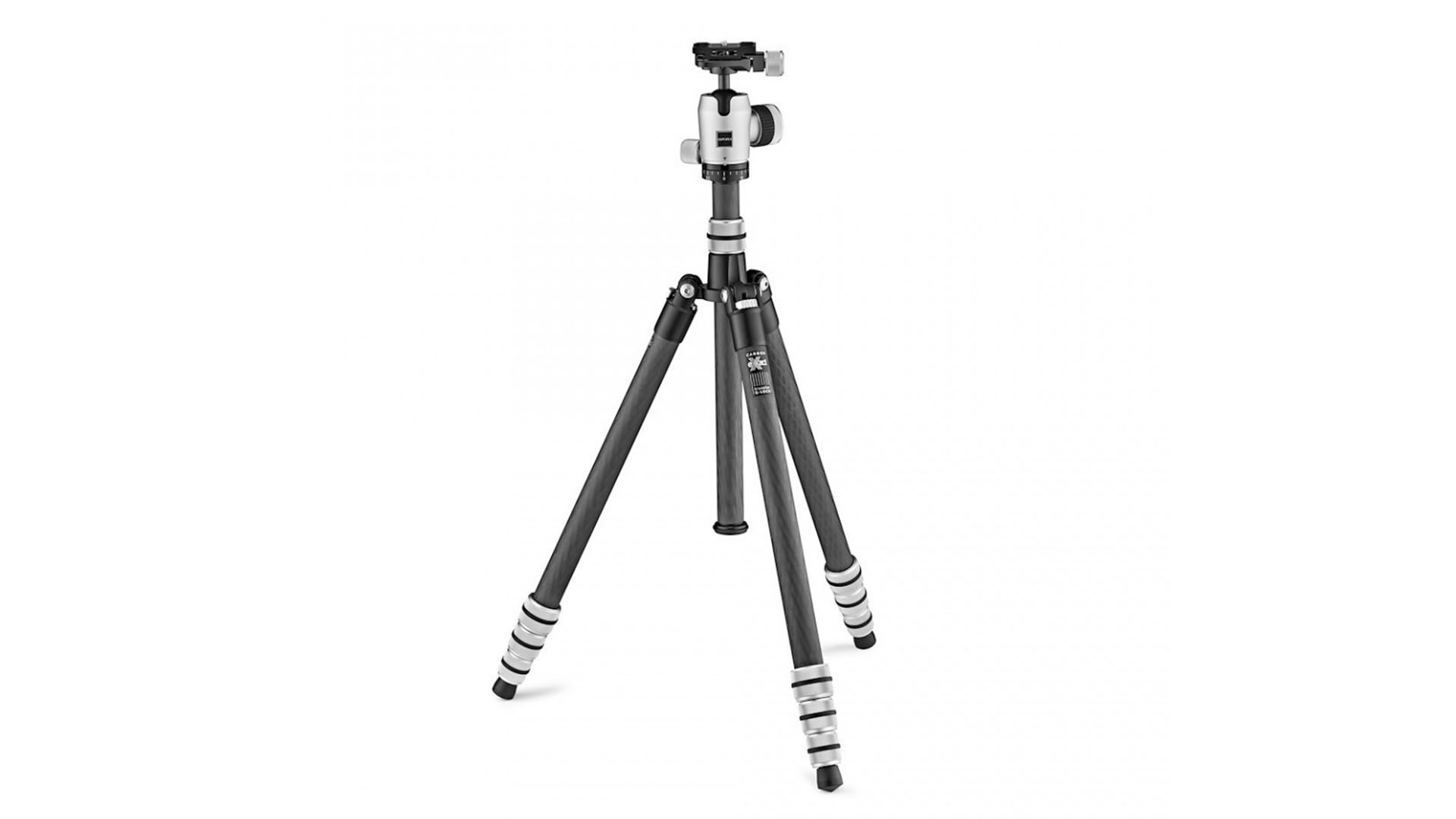
Gitzo has, with the Legende series, taken a premium, aesthetically-conscious approach to travel tripods and other camera accessories. We really like the look of the Legende Traveller Tripod kit, which operates as nicely as it looks, with ultra-smooth knobs, dials and adjustments which have been engineered well.
Attention to detail is excellent, with nice little features such as the specially-designed matte silver aluminum Centre Ball Head and the leather strap adding to the discerning feel. If you’ve got the money, we think this is a really nice tripod to use, but our only criticism is that many other tripods on the market and indeed on this list do the same thing for a lot less money.

With a carrying capacity of 8kg, this option from Benro holds less weight and is a more compact and less pro-style setup altogether, but that’s not to say that it can’t hold its own amongst some of the other travel tripods on the market. It features five leg sections that can raise to 60 inches, which is impressive.
We especially liked the graduated panning scale on the tripod itself so you can keep it level whilst panning or taking landscape panoramas. We found the twist locks to work well, but set-up time can be a bit longer if you have to go through and twist or unscrew each one. That being said, we got on with it well, and think it’s a hassle-free option that is kinder on the bank balance for hobbyist travel image-makers.
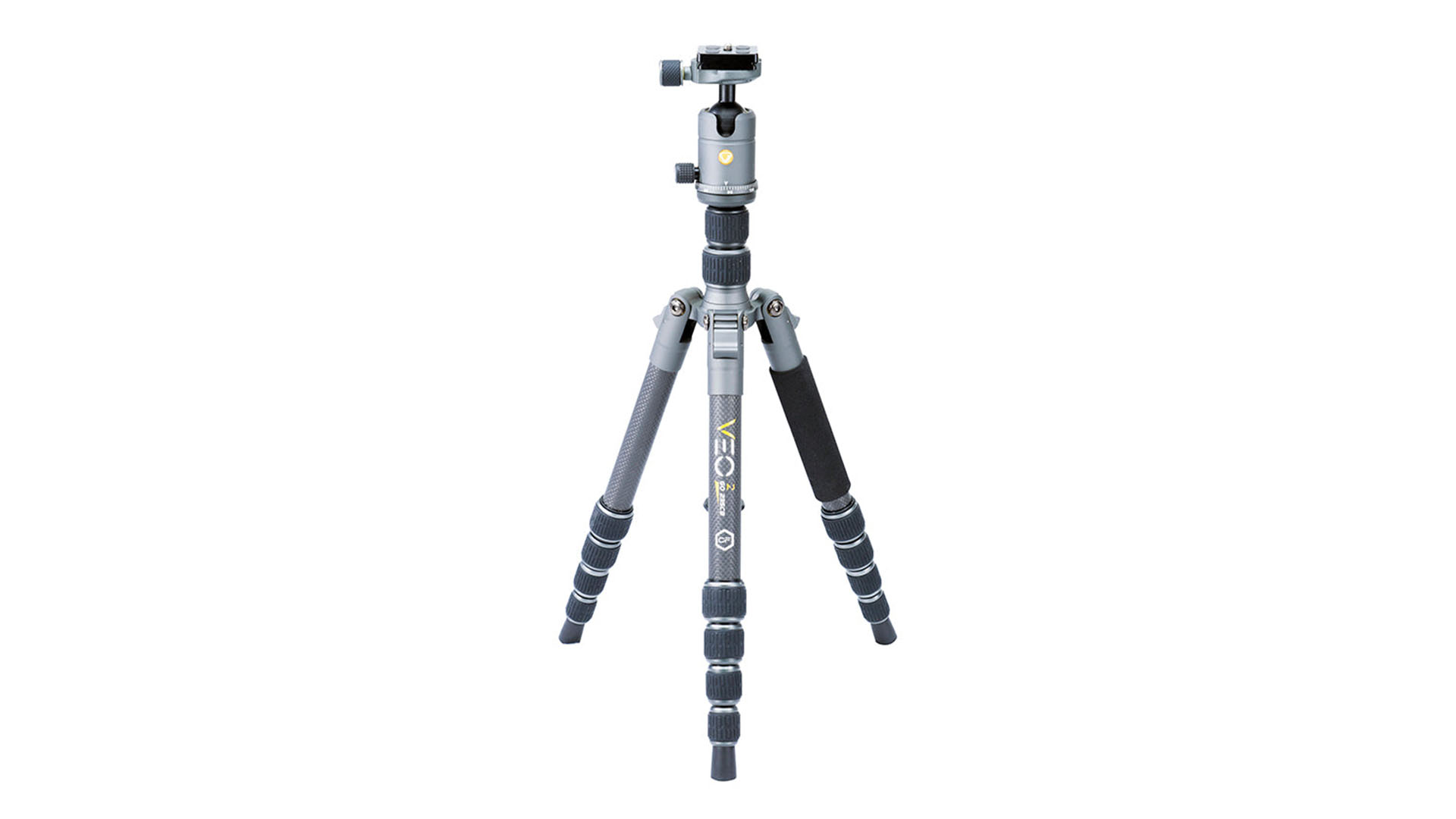
Available exclusively as a kit, without the need to worry about purchasing a tripod head separately, the Vanguard VEO 2 is the latest in a well-respected and long line of quality camera equipment from Vanguard. We’ve enjoyed using the VEO 2 extensively as one of our main tripods for outdoor use, and we appreciate the simple, rapid setup and smooth operation. It has a quality feel from the carbon-fiber components that belie its relatively affordable cost.
Weighing only 1.2kg, it does suffer slightly from having a limited maximum load of 6kg, but we’ve found in our use of the tripod that this is more than sufficient to host a full-frame DSLR camera and a number of prime and zoom lenses suitable for traveling. The three leg angles also mean that it’s easy to set up on relatively uneven terrain, too.
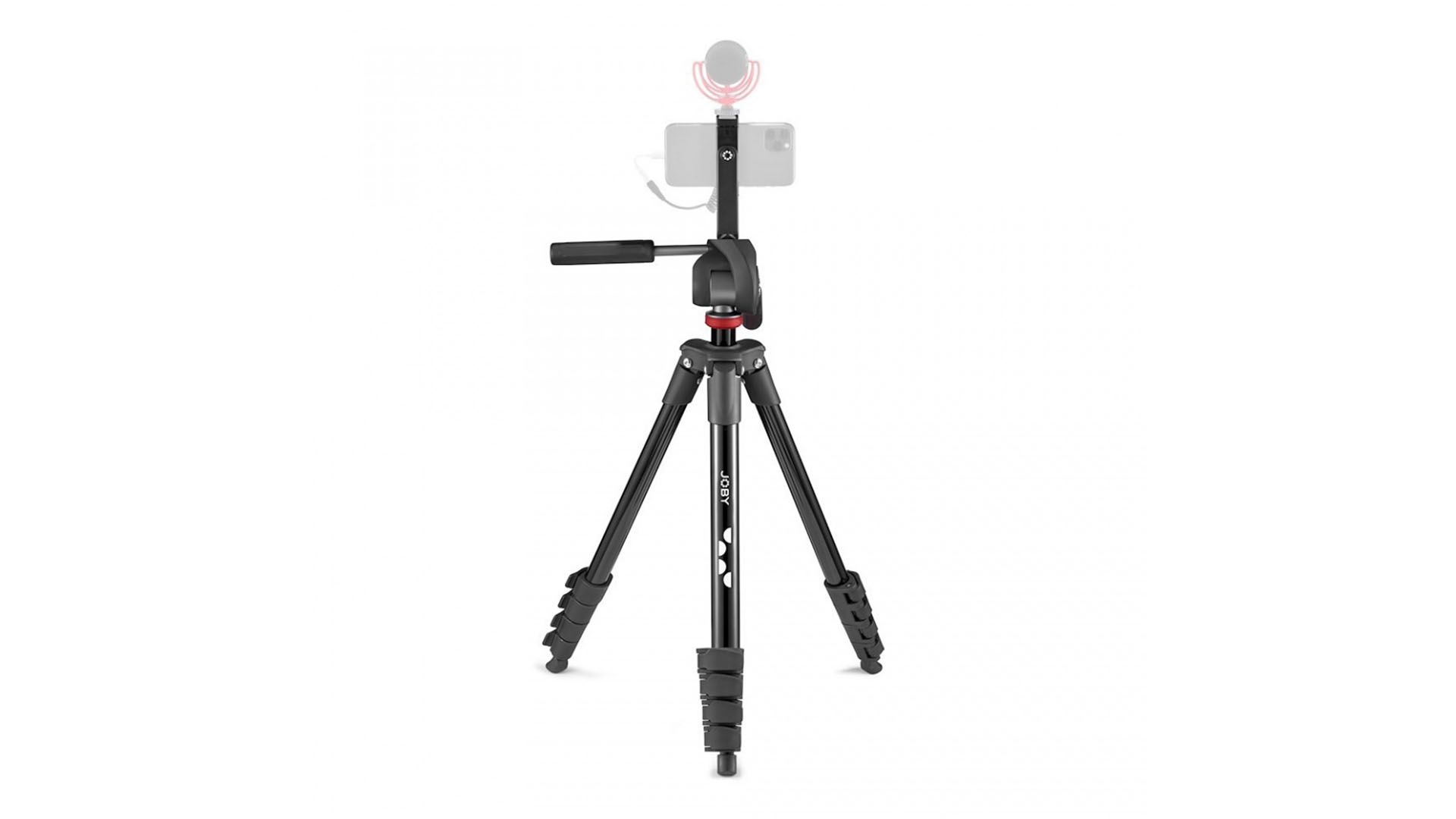
JOBY does a well-known and ever-expanding line in affordable, lightweight and easy-to-use everyday tripods aimed at beginner and entry-level users looking for something to get going with. Happily, the JOBY Compact Advanced Kit allows you to expand away from the beginner level a little. With an interchangeable JOBY quick-release plate, a 1/4-in standard tripod attachment screw and five leg sections with a lateral tilt of -30 to +90-degrees, it makes getting interesting and unique angles easy.
The maximum payload is minimal, so there’s no point attaching a heavy pro kit. But for the content creator or photographer looking to make stable visuals, for the money, there’s no reason not to recommend this option.
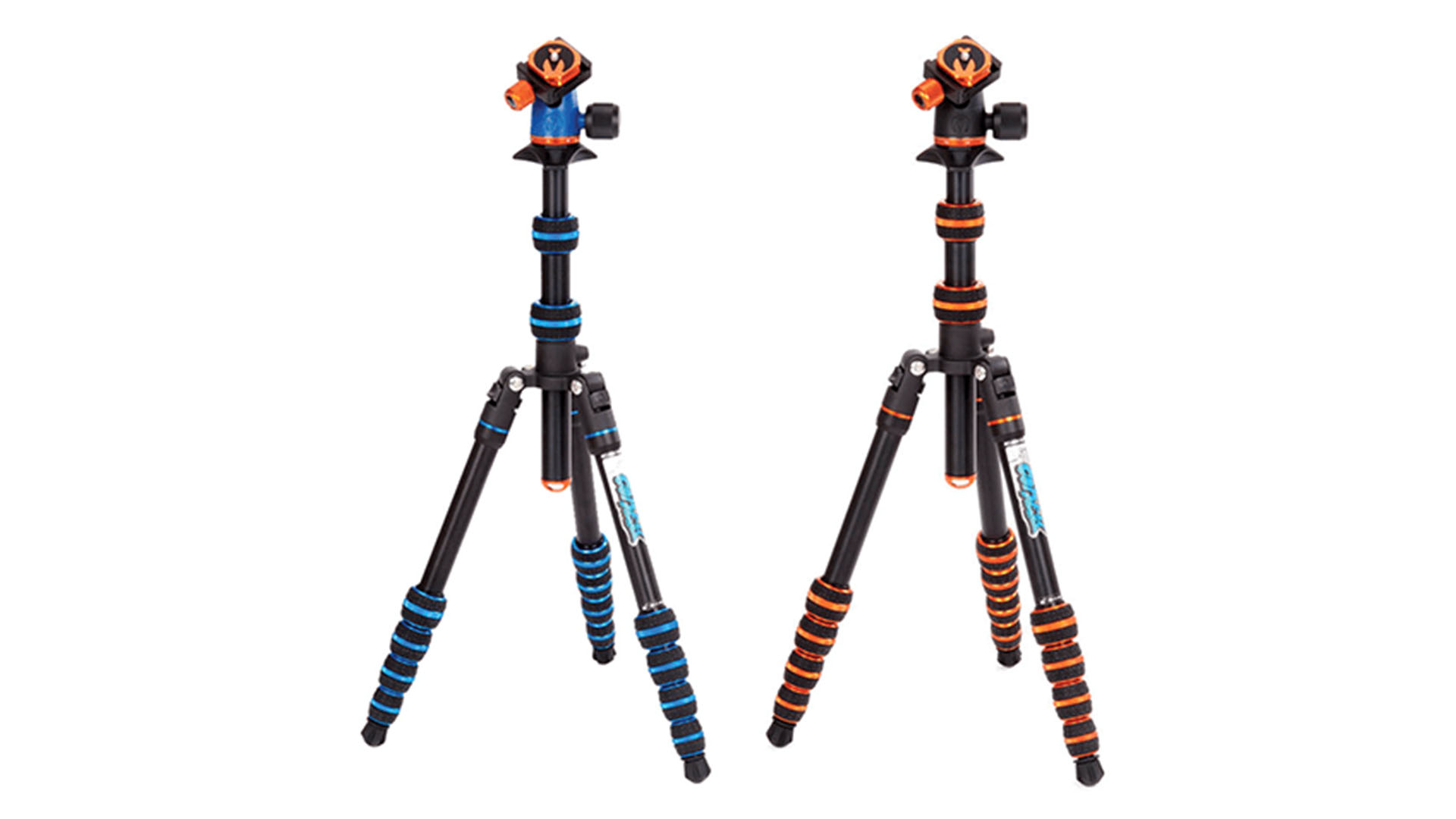
3 Legged Thing started out as a grassroots business in the UK. Founder Danny Lenihan used his experience as a photographer and lighting expert to create highly versatile, lightweight tripods and pieces of kit that suited a range of different uses.
Compact and made out of magnesium alloy, their Punks range is most suited to travel because they’re so light. Impressively, they can still hold an impressive 30 lbs of weight, eight times the weight of the tripods themselves.
We liked the bold colors and design and the general operation of the tripods themselves, but some experienced amateurs or professionals may be looking for more bells and whistles such as more complex head systems.
Which travel tripod is best for me?
Travel tripods are not all created equally, and in this round-up, we’ve highlighted a few of the best options for different types of equipment, cameras and loads that take into account different photographer’s requirements.
There’s always a balance to be struck with most travel tripods, and increased portability often comes at the expense of the limited maximum payloads. The more you’re willing to spend, the more likely you’ll have a higher maximum load, but be prepared to pay more and have to opt for slightly heavier kit if you’re keen on taking professional-grade cameras and lenses on your travels.
Most of the budget or ultra-lightweight options also have phone mounts too, which is a useful addition for travelers or content creators that need to take images on the go. With the advance in camera technology when it comes to producing high-grade kit that doesn’t weigh much, most of the mid-range or even budget travel tripods will be
If you’re trekking or wanting to set up your camera on uneven ground, it’s worth testing out tripods that have multiple leg angles and the ability to adjust quickly. For astrophotography or photography that requires long exposures, look for carbon-fiber tripods that have an extra bit of security and sturdiness to prevent the kit from shaking in poor weather or wind. As ever, personal preference is key, so we’d always recommend testing out any tripods that you’re thinking of buying prior to purchase to make sure it’s the right fit for you. Here are some of our recommendations for the best travel tripods out there at the moment.